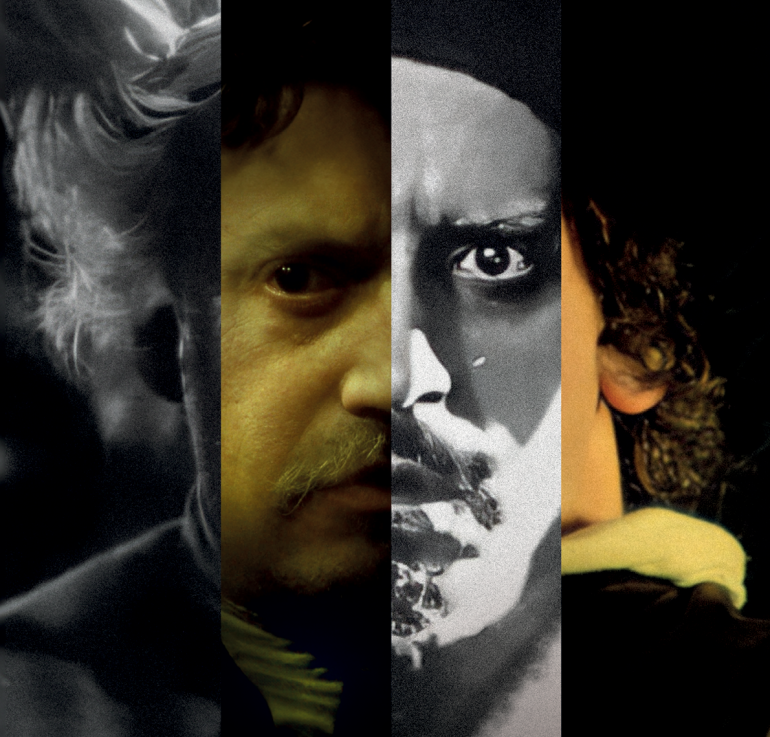Everyone has an idea about the type of man he was. But is that accurate? Since the 17th century, Rembrandt has been characterised in various ways: as a man of the people, a contrary artist, a hero, a misunderstood genius and a saint. Each time, his life story was adapted; some facts were omitted, others twisted, always to propagate a particular type. Rembrandt was framed.
The exhibition ‘Framing Rembrandt’, on show at Museum Rembrandthuis from 4 November 2023 to 4 February 2024, covers four centuries of image-making around Rembrandt by means of paintings, prints, archive documents and other surprising objects. Gradually, a number of persistent myths surrounding Rembrandt are debunked, such as the alleged failure of The Night Watch. In addition, one of the exhibition rooms will be converted into a cinema, where excerpts will be shown from the six fiction films made about Rembrandt between 1920 and 2007, from the first film from 1920, through a Nazi propaganda film from 1942 to the most recent fiction film from 2007.
Rembrandt as a movie star
One of the six biopics is Rembrandt, directed by Nazi filmmaker Hans Steinhoff. In 1942, the film premiered in the cinema on Rembrandtplein, Amsterdam, in the presence of Dutch NSB leader Anton Mussert. In it, Rembrandt is portrayed as a hero of the Germanic people. He gains his heroic status because he overcomes many misfortunes and enemies: the rejection of The Night Watch, his conflicts with his lover Geertje Dircx and his bankruptcy that, according to this film, was caused by his Jewish neighbours. This film can be considered an ultimate example of framing, but every film has its own framing. Thus, each generation got to know a slightly different Rembrandt. Interestingly, some myths about Rembrandt keep recurring, such as the alleged failure of The Night Watch.
Who is Rembrandt to you?
Visitors are also asked to take a moment to reflect on their own assumptions about Rembrandt. At the entrance to the exhibition, there are five tubes with coloured tokens. Each tube represents one of the five Rembrandt ‘types’. Visitors take a token from the quiver that best summarises their image of Rembrandt. At the end of the exhibition, you will find another five tubes with the five Rembrandt types. Will they stick to their original image of Rembrandt, or will they think differently about the artist? We are curious!
More information and tickets:
www.rembrandthuis.nl
